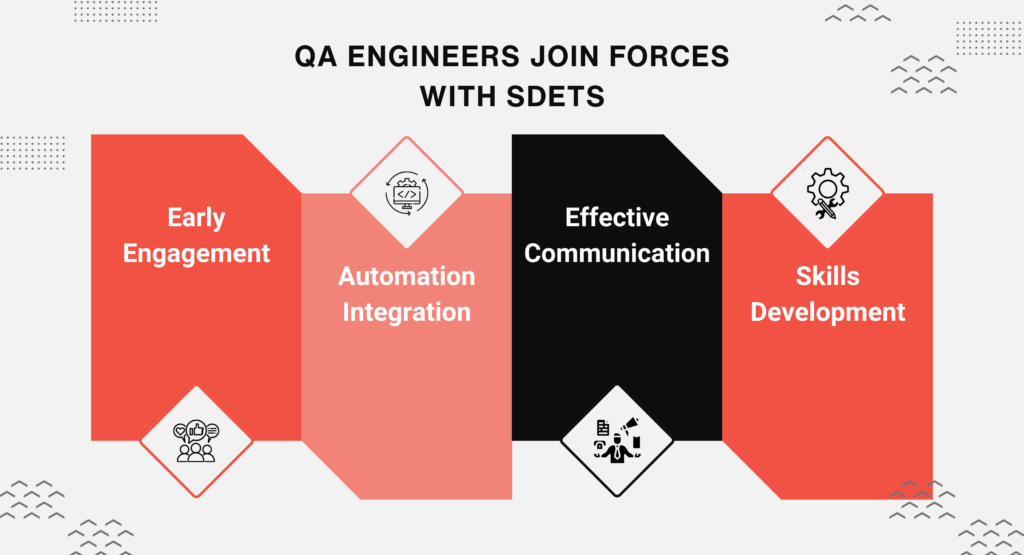Two crucial roles that play a pivotal part in this software quality are Quality Assurance (QA) engineers and Software Development Engineers in Test (SDETs). While QA vs SDET both contribute to the overall quality of software products, their approaches and responsibilities differ significantly.
The Global Software Quality Assurance Market is categorized based on Deployment, Organization Size, Solution, End User, and Region.
The implementation of Quality Management System (QMS) solutions in IT and telecom aids in enhancing communication strategies and adhering to the highest quality standards in telecommunications products and services.
Regarding Solutions, Quality Management accounted for 28.98% of the market share in 2022 and is anticipated to remain dominant.
Enterprises are reconsidering traditional quality assurance methodologies to achieve higher performance, with Quality Assurance and Testing services proving instrumental in reducing development costs, improving time-to-market, and mitigating technical and business risks.
QA Engineers: Guardians of Quality
QA engineers are the gatekeepers of software quality, responsible for identifying and preventing defects throughout the software development lifecycle (SDLC).
They possess a deep understanding of testing methodologies, test case design, and bug reporting processes. Their expertise lies in manual testing, exploring the software from a user's perspective to uncover any functional or usability issues.
SDETs Automation Champions
SDETs, on the other hand, are the architects of automated testing frameworks. Their programming skills are instrumental in creating and maintaining automated test scripts that streamline the testing process, ensuring consistency and efficiency.
They collaborate closely with developers to integrate automated testing into the development workflow, enabling continuous testing and early defect detection.
The Primary Distinction - QA vs SDET

The primary distinction between QA vs SDET lies in their technical expertise. QA engineers excel in manual testing and test case design, while SDETs specialize in automation and scripting.
Additionally, QA engineers typically engage in testing activities later in the SDLC, whereas SDETs are involved from the early stages, providing valuable input into design and development decisions.
QA Engineers Join Forces with SDETs

To effectively harness the strengths of QA vs SDET, consider these actionable steps:
- Early Engagement: Involve QA engineers and SDETs from the early stages of the SDLC to provide valuable input into design and development decisions.
- Automation Integration: Integrate automated testing into the development workflow to enable continuous testing and early defect detection.
- Effective Communication: Foster open communication between QA engineers, SDETs, and developers to ensure alignment and collaboration.
- Skills Development: Encourage ongoing skills development for QA vs SDET to keep pace with evolving technologies and testing methodologies.
Book a Demo and experience ContextQA testing tool in action with a complimentary, no-obligation session tailored to your business needs.
Achieving Quality Excellence
By understanding the distinct roles of QA engineers and SDETs, organizations can effectively leverage their combined expertise to achieve software quality excellence.
Embracing early engagement, automation integration, and effective communication, while investing in continuous skills development, will empower teams to deliver high-quality software products that meet user expectations and business objectives.
You may also be interested in: Discover the Best Manual Testing Tools for Your Needs
